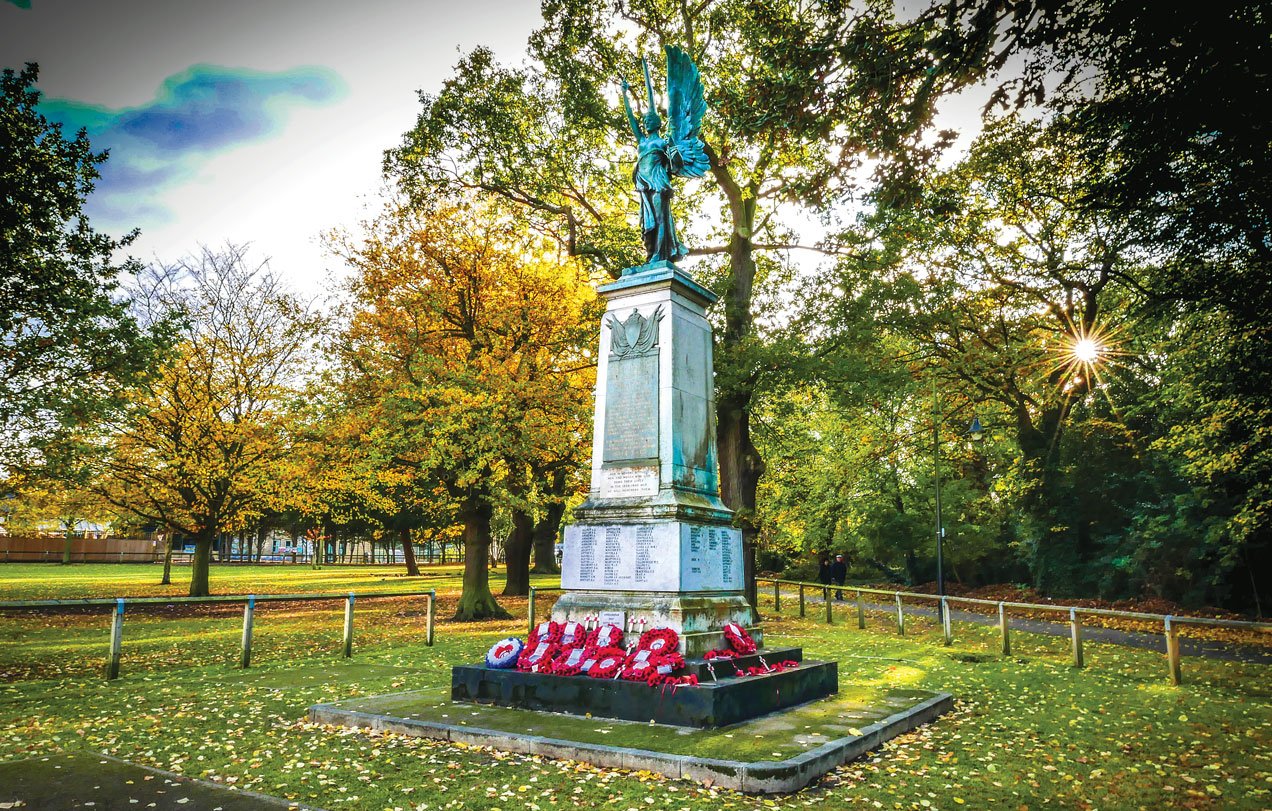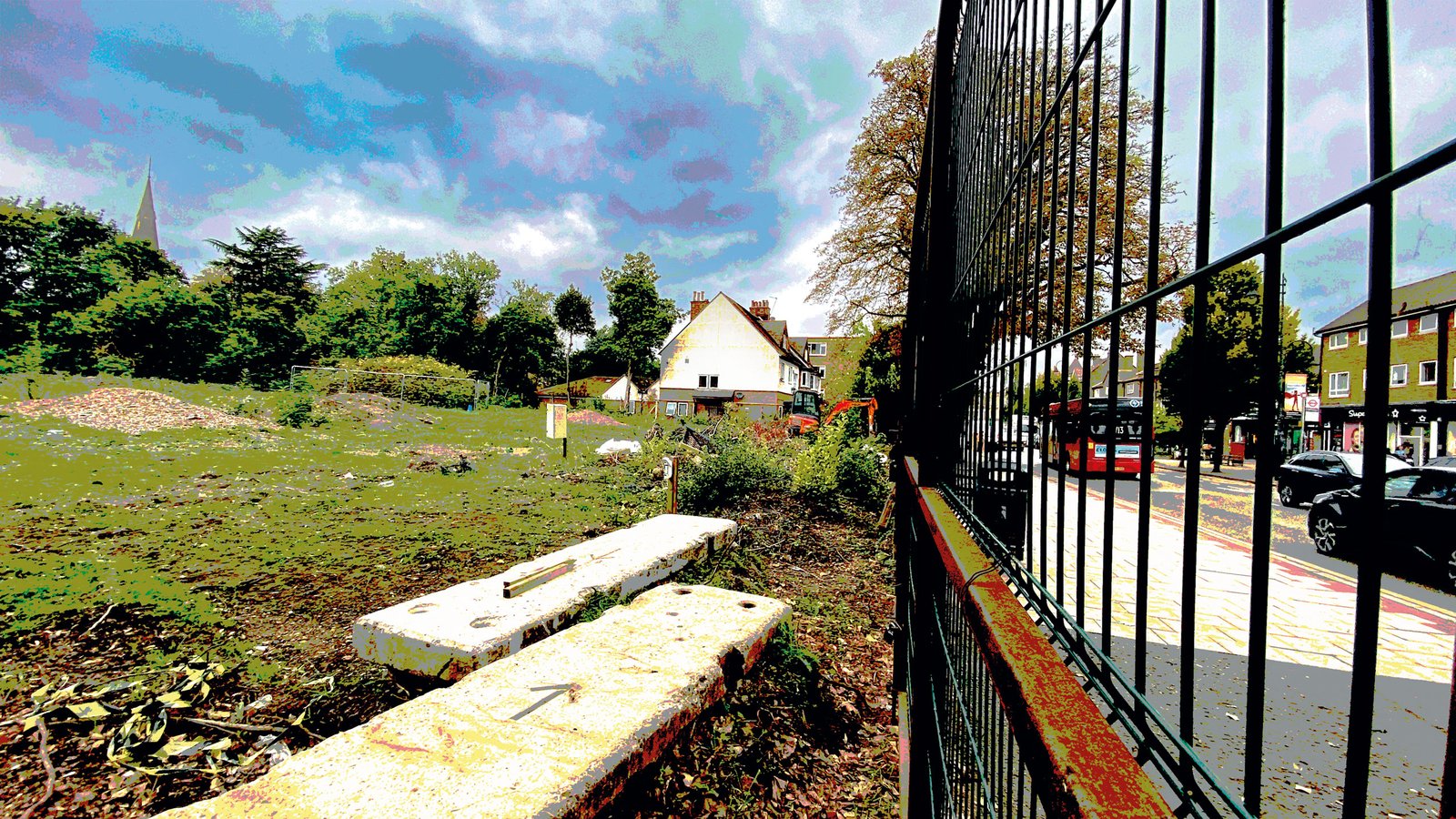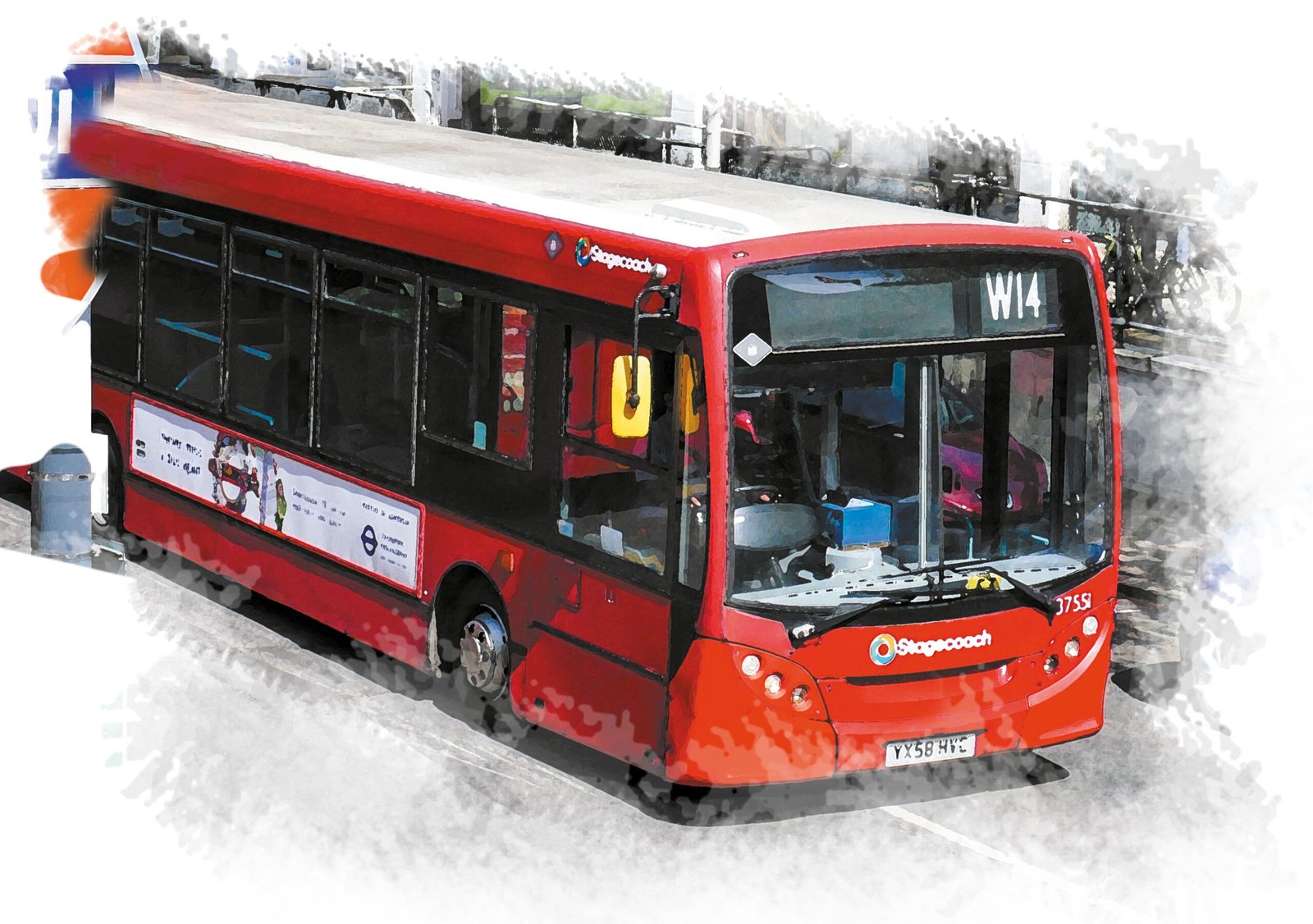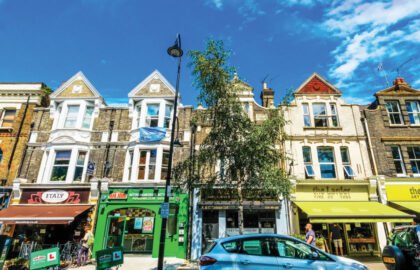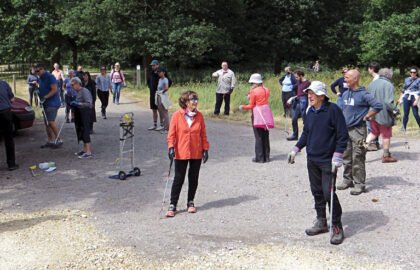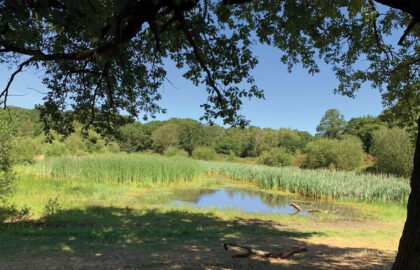Lockdown provided London tour guide Chris O’Donnell with an opportunity to learn more about Wanstead, subsequently imparting this knowledge via his virtual tours and encouraging us all to look up
Last month saw an unexpectedly high turnout for a clean-up session in Wanstead Park, which has joined many other beauty spots across the country suffering from lockdown litter louts. Richard Arnopp reports
Like many others, in recent weeks Crispin Acton has spent more time than usual walking around Wanstead. Here, the secretary of Redbridge Liberal Democrats reveals the discoveries from his lockdown rambles
Wanstead Village councillors Jo Blackman, Daniel Morgan-Thomas and Paul Donovan invite you to drop a pin on the Redbridge Active Travel map and submit your thoughts about shaping a greener Wanstead and Woodford
Wanstead resident Paul Canal has spent lockdown refurbishing donated bicycles for families in need, raising funds for Haven House Children’s Hospice in the process. Now, Wanstead UpCycles needs your help
Diana Varakina reports on her new job as the first Co-op Member Pioneer for the Wanstead and South Woodford area, a position she believes can improve our wellbeing and build community resilience My name is Diana, I moved to Wanstead two years ago. Right from the start, I loved the area, from the vibrant High Street to the local swans, the neighbourly and community feel, the green open spaces and Epping Forest. After lockdown started, and with more time on my hands, I wanted to help during the pandemic. I found that Co-op was actively looking to employ people to support their local community. I applied, was selected and am now excited to be the very first Co-op Member Pioneer for the Wanstead and South Woodford area. Co-op values and principles resonate strongly with me. People over profit, contribution, self-responsibility, democracy, equality and solidarity –...
No one can fail to have noticed something happening on the traffic island between The George pub and Wanstead Station. The strings of bunting make it look a bit like a village fete. Hardly likely! This is the final stage of a project Wanstead Community Gardeners have had in mind for some time. Three years ago, we took over the wider empty part of this patch with the idea of planting wild flowers there. We had a degree of success, but problems with couch grass and ivy threatened to overwhelm the area. Also, the concrete-like soil didn’t help. Last year, our councillors advised us to apply for a council grant for help with this difficult patch. We were successful but there were complications. The real game changer came when the council cut down the shrubs which filled the long neck of the traffic island...
Woodford Town FC’s return to the local area has been delayed by lockdown.
An annual cake sale in aid of Haven House Children’s Hospice raised £21,695 in June, enough to pay for more than two days of care at the Woodford Green charity.
The Woodford and District branch of the National Trust has announced its new programme of talks, which are set to resume in October.
Wanstead travel agent Darrell James Travel will relaunch this month as a chocolate and gift shop, in addition to travel planning services.
£5 from every sale goes to local good causes



